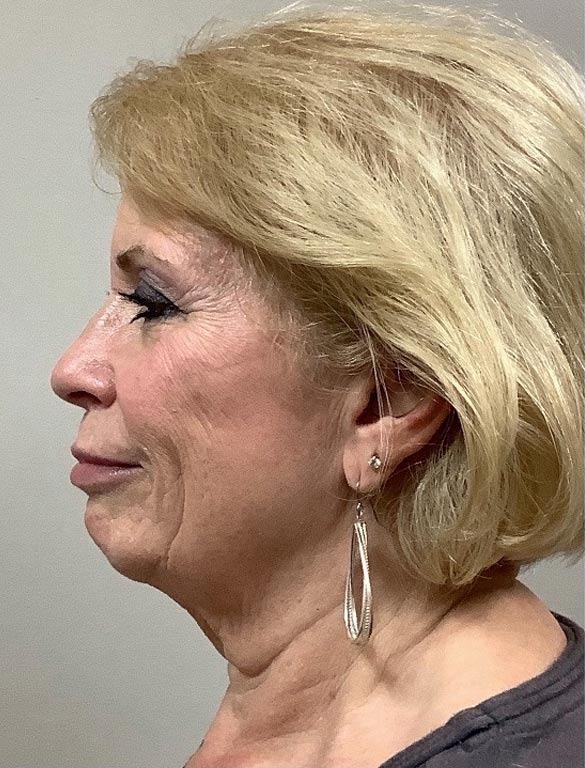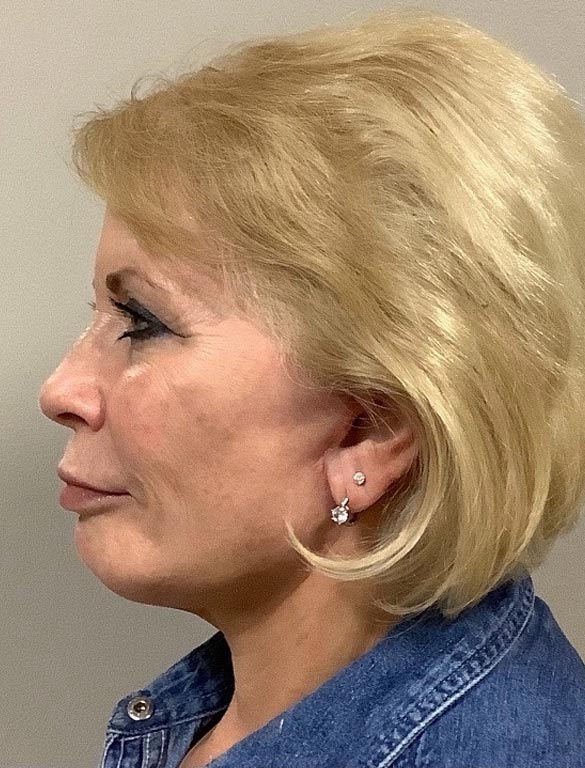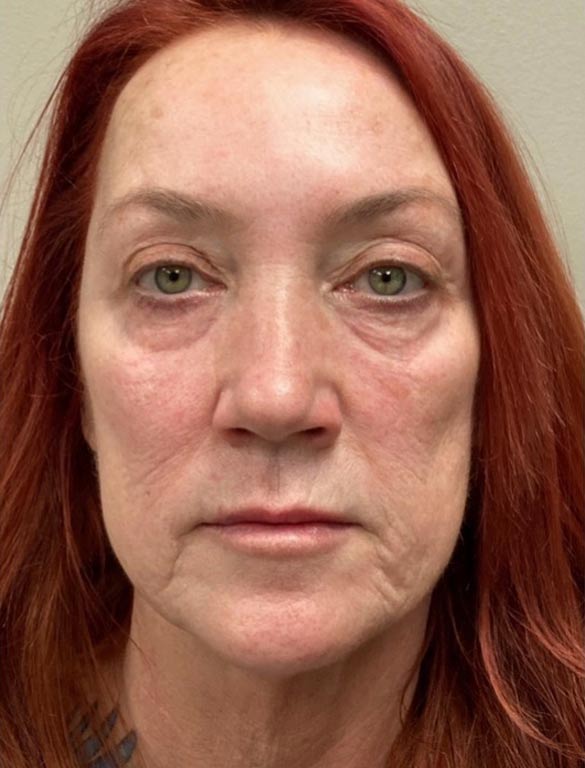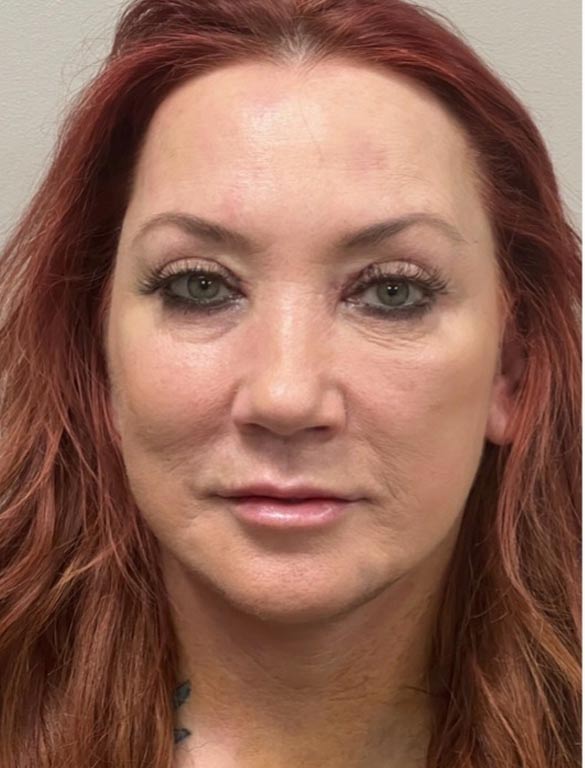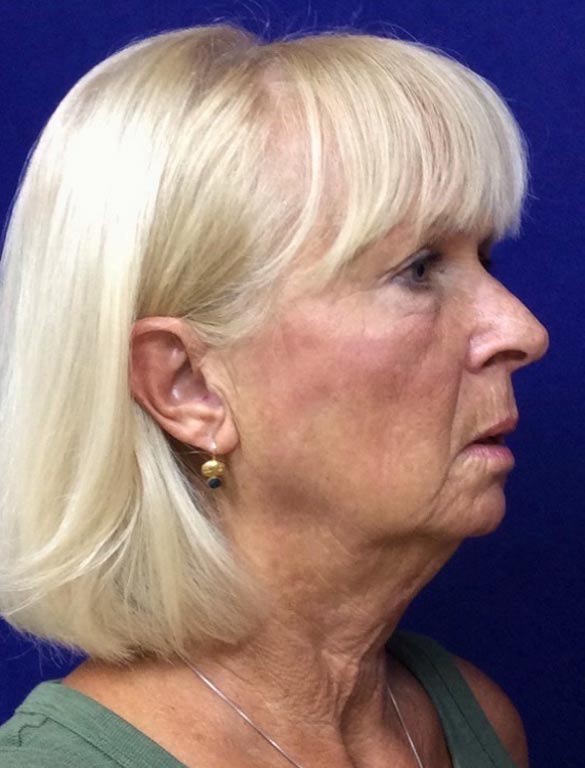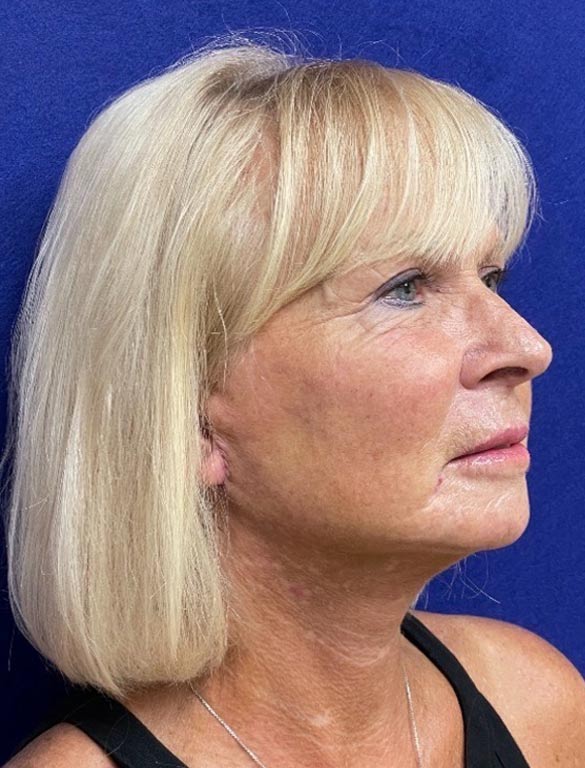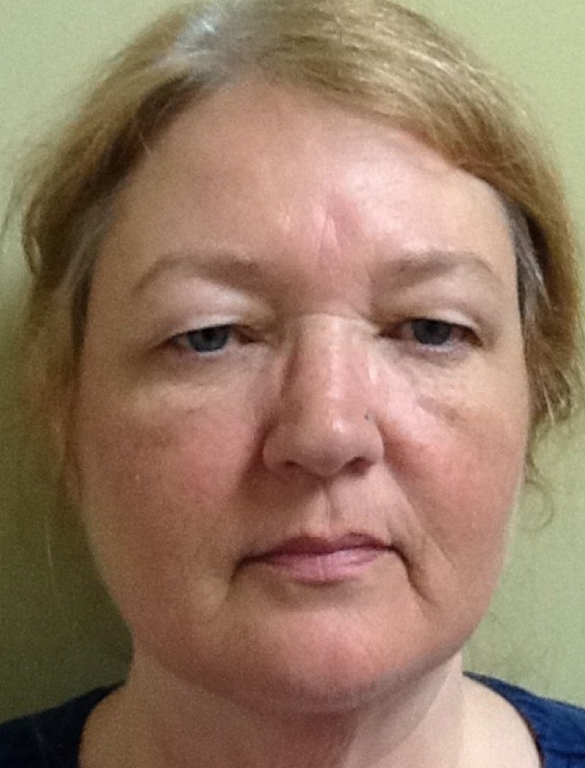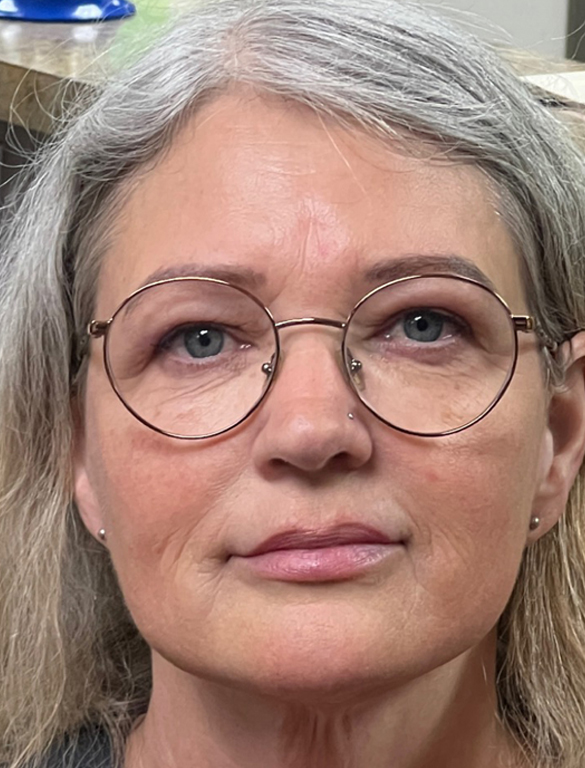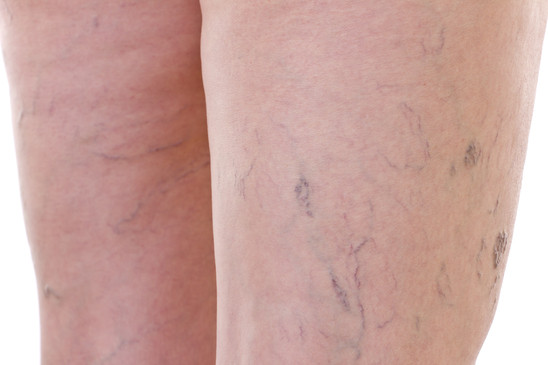Visible veins that show through the skin’s surface are not uncommon at all. In fact, especially among those with pale skin, visible veins are just a part of life. Some people may become concerned, however, at the obvious appearance of their veins, especially if those veins weren’t always so apparent. Vein disease is a very real issue and can be the result of other problems that require treatment, but for the most part, visible veins aren’t usually any cause for alarm. Here are some common reasons why you might have visible veins:
Contents
Thin Frame
People who are thin often have less fat beneath their skin to hide the veins. This causes the veins to be more visible beneath the surface.
Fair Complexion
People who are pale have veins that are much more apparent than those with darker skin tones.
Veins Close to the Skin
Some people simply have veins that are little closer to the surface of the skin, especially those veins that are involved in transporting small amounts of blood to the heart.
Weight Lifting
Strenuous physical activity, such as weightlifting, both builds the body and also puts pressure on blood vessels which can, in turn, cause them to bulge and become more rigid and therefore more visible. Though weightlifting doesn’t usually have any real negative impact on veins, the increase in surrounding muscle size may also help to make the veins more apparent.
Aging
The natural process of aging has so many effects on the body and more visible veins are just one of these changes. The thinning layer of fat under the skin allows for more prominent veins. This layer of fat is thickest in children and thins more and more with age.
Pregnancy
Pregnancy brings on a whole host of changes, including an increase in blood volume by up to 40%. Of course, with this increase in blood comes a need for more effective circulation, which causes the network of veins to expand during this time.
What to Do When Veins Become Unhealthy
If your visible veins are the result of any of the above circumstances, you really have nothing to worry about. When you should be concerned, however, is if your veins begin bleeding, if they become swollen or warm to the touch, if a sore or rash develops, if there are changes in your skin’s texture or color, or if you’re developing painful varicose veins that may be paired with other symptoms. If you have any concerns whatsoever regarding your vein health, please call us to schedule an appointment so we can treat you and keep your veins as healthy as possible.

